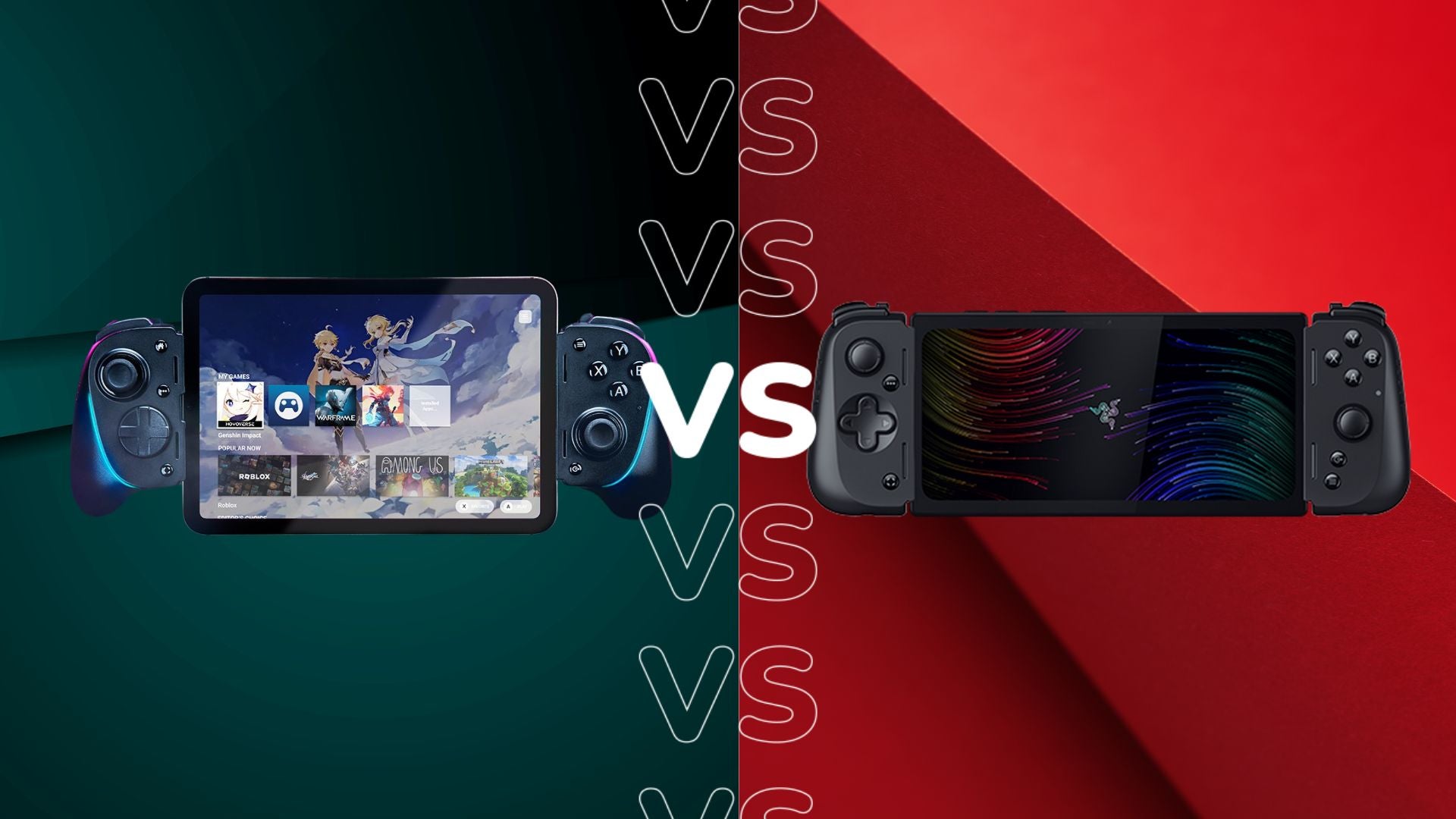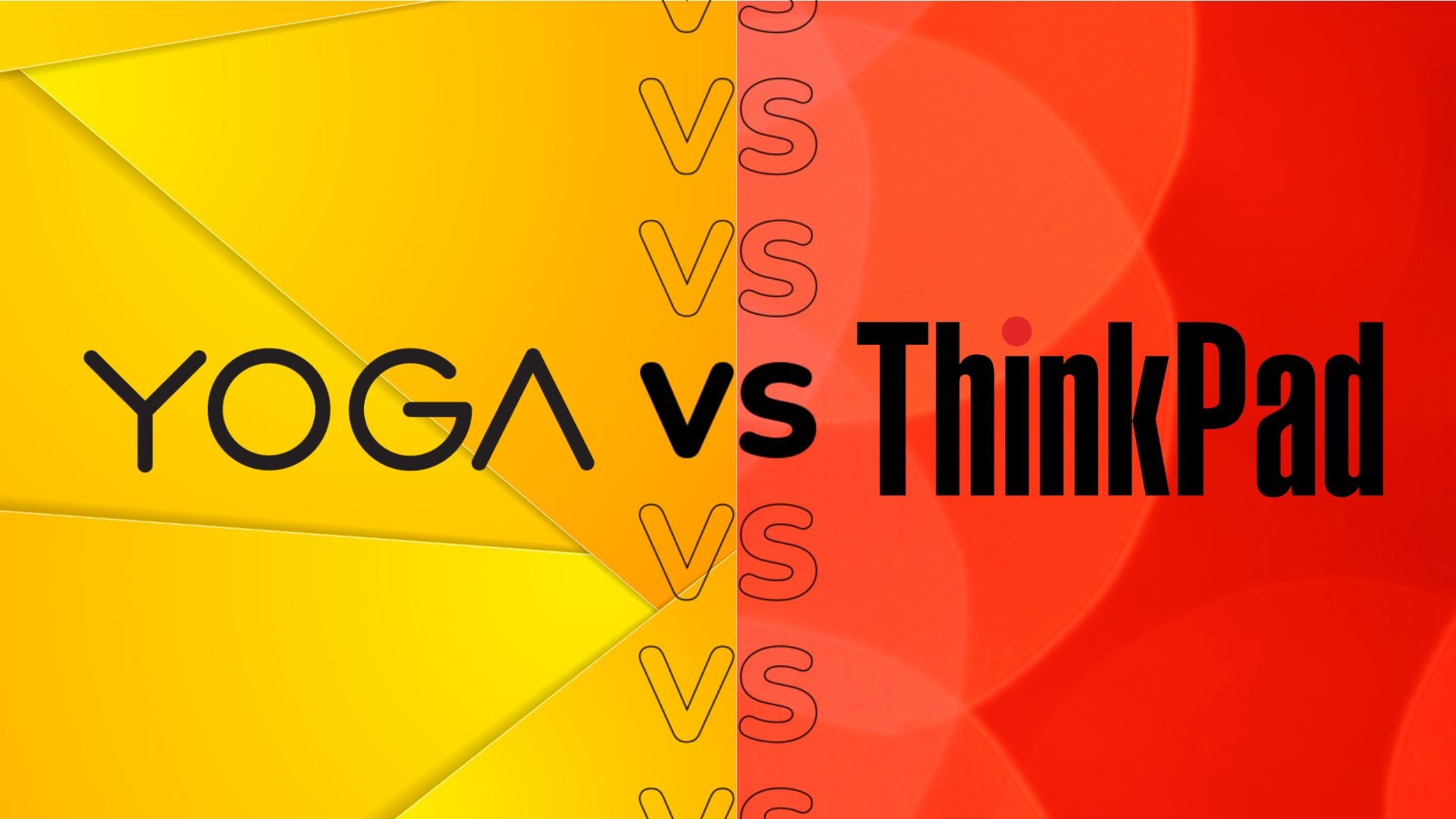Xiaomi 13 Pro vs iPhone 14 Pro: Which smartphone is best for you?

The flagship iPhone 14 Pro and Xiaomi 13 Pro are at the top of their game, but which comes out on top?
With so many handsets on the market, it can be hard to choose which one is best for your needs. That’s particularly true when looking at the iPhone 14 Pro and the newly-released Xiaomi 13 Pro; while both offer top-end performance, capable cameras and premium designs, there are fundamental differences between the two that could sway your vote one way or another.
Read on to find out all the key differences between these top-performing smartphones so you can decide which is best for you.
The Xiaomi 13 Pro packs a larger display
The Xiaomi 13 Pro features a 6.73-inch AMOLED display with a 3200×1440 resolution. We thought that streaming apps like Netflix looked particularly impressive, aided by the HDR10+ and Dolby Vision support. The screen was able to display 1900 nits during HDR playback, with the screen being more than bright enough to display plenty of detail in darker areas.
It also has an adaptive refresh rate of up to 120Hz, with the ability to drop down to just 1Hz to preserve battery life. This allows for a smooth experience when scrolling through documents and navigating different apps, being a common feature on high-end phones.
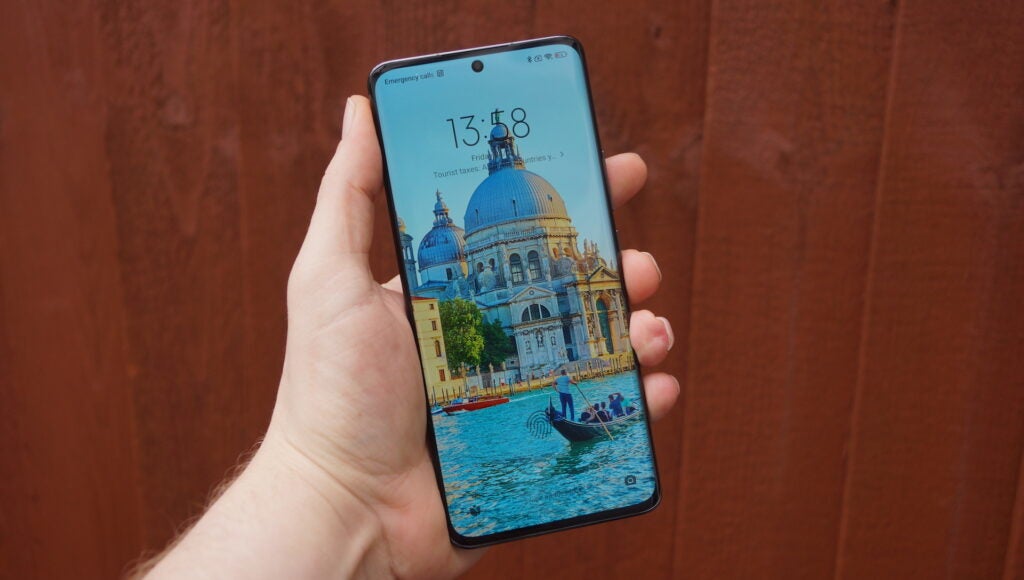
The iPhone 14 Pro features ProMotion, which is Apple’s version of an adaptive refresh rate. It can also hit 120Hz while dropping down to 1Hz, with our review claiming that it felt responsive during use. We did feel like the screen was a tad small, at 6.1 inches, but Dolby Vision HDR helped to bring media content to life.
Apple kitted out the iPhone 14 Pro with an OLED panel and a 2556×1179 resolution. Our reviewer claimed that it handled direct sunlight better than any other phone we’ve reviewed, with the brightness going even higher when engaging in HDR content.
The panels on both of these handsets are seriously impressive, with support for HDR and adaptive refresh rates being present. If you’re after a larger display, then the Xiaomi 13 Pro is likely the better option, although we liked how easy the iPhone 14 Pro was to hold in one hand, due to its smaller size.
Apple Silicon vs Snapdragon
The iPhone 14 Pro comes with the latest A16 Bionic chip, which is currently exclusive to the iPhone 14 Pro and iPhone 14 Pro Max handsets. It features a 6-core CPU and a 5-core GPU, with a 16-core Neural Engine.
We thought that the A16 was more than capable of running games from Apple Arcade, with our reviewer claiming that there is almost too much power for anything you can do today and plenty of headroom for what’s to come in the future. Overall, the iPhone 14 Pro is more than powerful enough to run games and creative tasks, and there is no need to worry about lag or stuttering during general use.
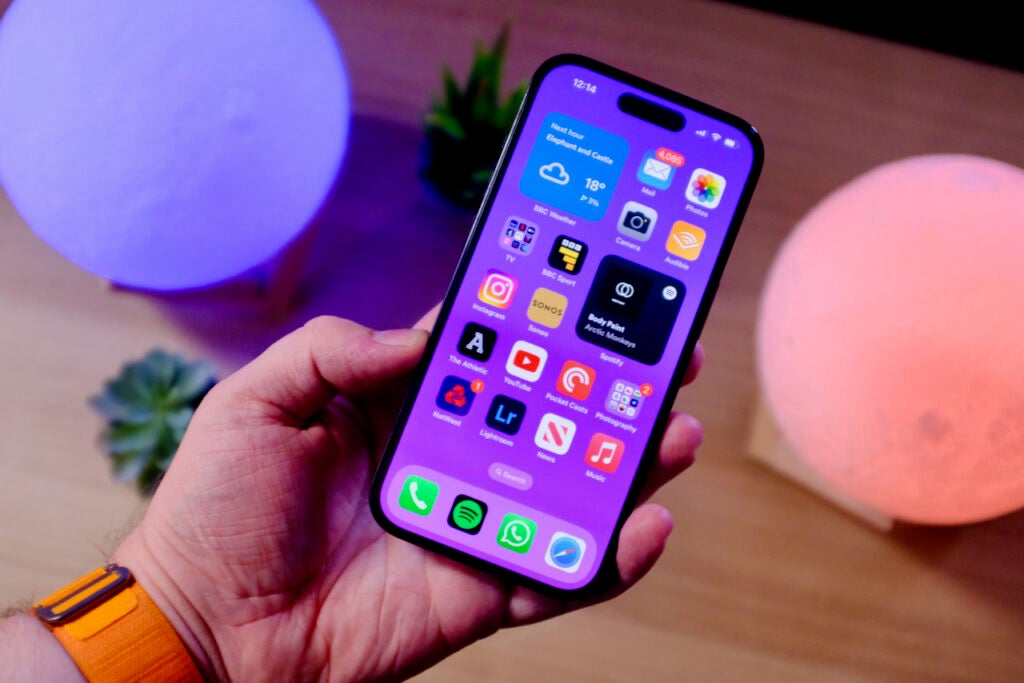
The Xiaomi 13 Pro comes with the latest Snapdragon 8 Gen 2 chip, which is built on the power-efficient 4nm architecture. We did not experience any lag during our review period, with taps and swipes registering instantly and apps opening without any delay. The same can be said for gaming, even with top-level graphics enabled.
It’s safe to say that both of these handsets will provide more than enough power for gaming and intensive apps, you just may want to consider if you prefer iOS or Android.
iPhone 14 Pro comes with up to 1TB of storage
The iPhone 14 Pro comes in four variations in terms of storage, 128GB, 256GB, 512GB and 1TB. These are all paired with 6GB RAM, no matter which storage option you choose. The inclusion of up to 1TB of storage may be excessive for most people, but it will give users the chance to store more photo and video content on their device without needing to back it up to an external hard drive or cloud service as often.
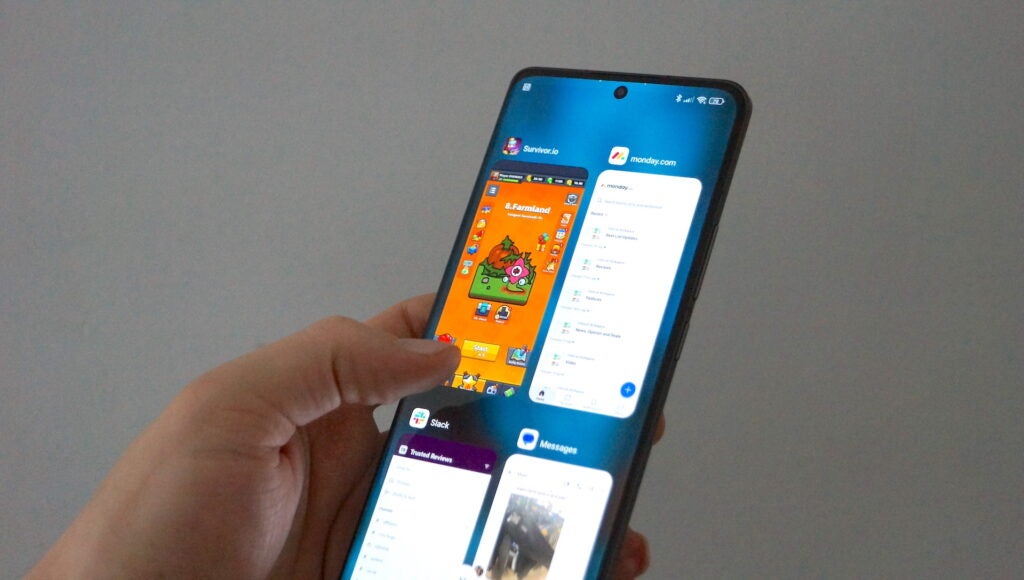
On the other hand, the Xiaomi Pro 13 comes in two storage configurations, at 12GB RAM and 256GB storage or 12GB RAM and 512GB storage. Since this handset packs more RAM, in theory, it should be able to switch between apps and load up content faster, although we did not experience any negative side effects from the 6GB RAM on the iPhone 14 Pro.
While 512GB storage is a lot for a phone, it may be less convenient for users who are interested in downloading a lot of games or video content onto their device, as they may find that they do not have enough storage space.
Xiaomi 13 Pro features a 50MP triple-camera setup
One of the biggest selling points of the Xiaomi 13 Pro is its 50-megapixel camera setup, with the main 50MP camera offering a 1-inch sensor. There is also a telephoto lens and ultra-wide camera, with the 3.2x telephoto lens in particular delivering some of the best results we’ve seen from a smartphone.
We also thought that the main lens delivered impressive shots in almost all environments, with the main downside being that indoor images shot in low light can look a little soft.

The iPhone 14 Pro comes with a 48-megapixel main camera, 12MP ultra-wide camera and a 12MP 3x telephoto lens, though there’s also a digital 2x option available in the Camera app. We really liked the 48MP main sensor, with Apple switching to the pixel binning method commonly found on Android phones. Switching to ProRaw mode results in uncompressed 48MP images that are ideal for those who are looking to edit their pictures in software like Lightroom or Photoshop
The iPhone 14 Pro can churn out excellent pictures in any environment, with Night Mode kicking in notably faster than its predecessor and capturing a lot more detail. The colours in images are rich and pop with a great amount of saturation, with forest greens and deep reds looking incredibly natural.





